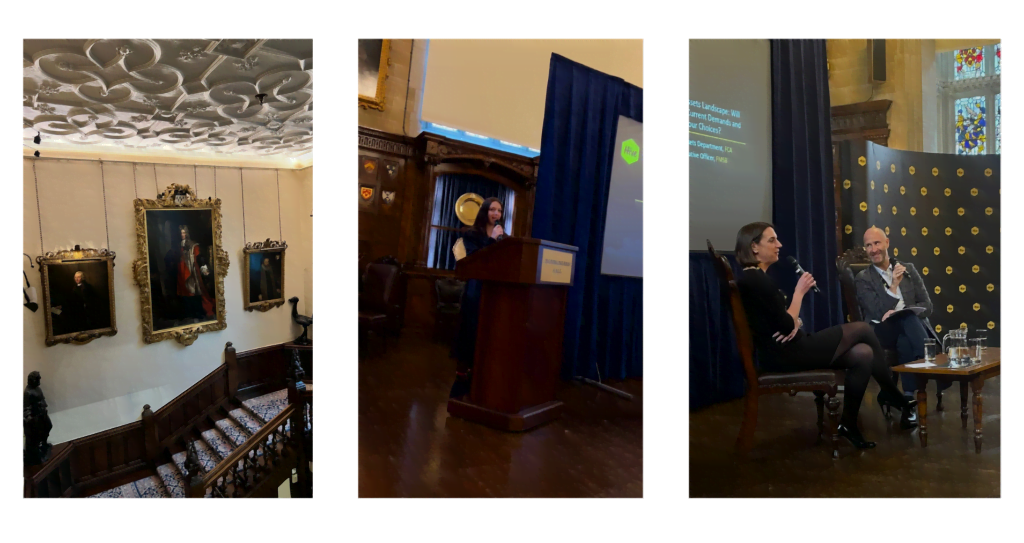At the launch of our Digital Assets network earlier this month, we were honoured to be joined by both Helen Boyd of the Financial Conduct Authority (FCA) and Myles McGuiness from the Financial Markets Standards Board (FMSB) for a fireside chat where they discussed the evolving digital asset regulatory landscape, and the importance of buy side and regulatory collaboration as this nascent asset class becomes more developed, and market participation continues to grow. We’ve summarised some of the key takeaways from the discussion below.

Digital assets have been a rapidly growing market globally, and it is important that there is consistency in regulations across jurisdictions. Despite being a nascent sector, there is a need to build a regulatory framework to provide a safety net to those who interact within the space. While the interests of market participants may change depending on how they interact with digital assets, custody, and the form it takes will be a concern for everyone.
As the landscape is vast, banks, regulators, associations, and asset managers must do their due diligence to frame conversations and ask questions to build a regulatory framework. It is essential to have an open dialogue with the industry, and regulators must consider the industry’s concerns when building this regulatory framework. Innovation sandboxes such as the Bank of England’s Financial Market Infrastructure (FMI) sandbox are allowing testing of different rulesets. This collaborative process allows for learning by doing with the community, enabling a more practical approach to building a regulatory framework that works for everyone. The use of non-deliverable forwards (NDFs) will also require industry discussions on how best to approach this.
Another area discussed was how tokenisation has the potential to impact traditional asset classes, requiring a shift in the industry’s approach to support the infrastructure and update the systems needed. It’s an exciting time for innovators and FinTech’s to use technology to transform and disrupt the sector, to provide efficiencies and opportunities, potentially leading to a world of streaming in the future. However, operational barriers and the current lack of regulatory frameworks pose challenges in this transition.
As a final point of discussion, due to the digital asset market being new, traditional due diligence and financial rigor must be applied to identify good actors in the space. When dealing with new vendors and service providers, due diligence is critical to understanding their business model, structure, and board members. It is crucial to know where your assets are at any given time and to understand who you’re working with. It is also essential to know what happens if the worst does happen and if you are protected, or in a worst-case scenario – if you aren’t. Don’t rely on anyone else’s due diligence and be responsible for this within your firm.
In conclusion, while the digital asset market is a rapidly growing sector with exciting opportunities, it is essential to have a regulatory framework to provide a safety net to those who interact in the market. Open dialogue with industry players and traditional due diligence are necessary to ensure good actors in the space and protect investors. As the market evolves, regulators must continue to collaborate with industry players to address operational and regulatory barriers to fully integrate digital assets into the traditional financial world.
